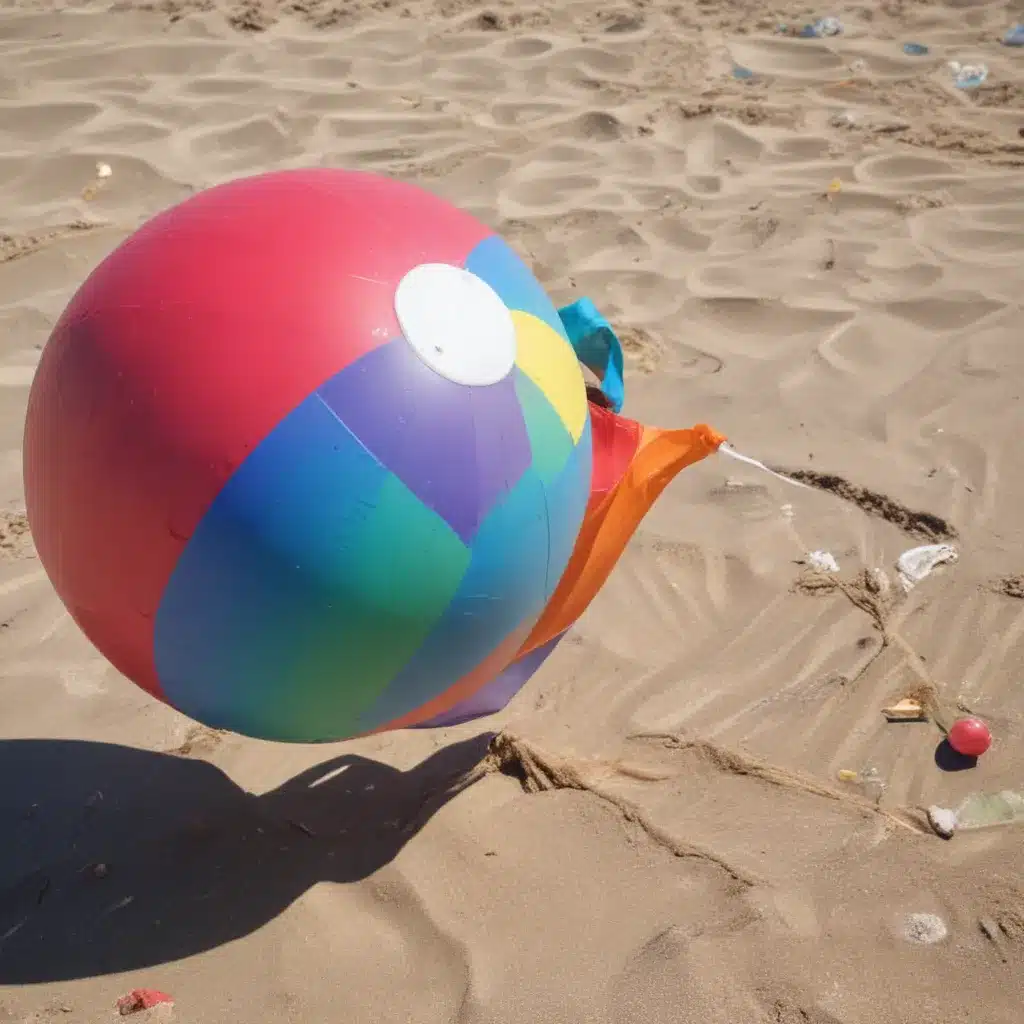The Dreaded Beach Ball
As a Mac user, I’ve had my fair share of experience with the infamous “Spinning Beach Ball of Death” – that maddening cursor that taunts you, spinning endlessly as your computer grinds to a halt. It’s like the Mac version of the Blue Screen of Death, except instead of a jarring, system-crashing error, you’re left staring at this infuriating pinwheel, unable to do anything but watch and wait.
I remember the first time it happened to me. I was right in the middle of an important project, typing away furiously, when suddenly, that familiar spinning beach ball appeared. I tried clicking, I tried switching between applications, but nothing worked. The beach ball just kept spinning, mocking me. I felt utterly powerless, like my computer had turned against me. [1]
Diagnosing the Problem
Now, I know what you’re thinking – “But I thought Macs never crashed!” Well, my friend, that’s a myth. Macs may be more stable than their Windows counterparts, but they’re not immune to the occasional hiccup. [2] And when that spinning beach ball rears its ugly head, it can be a real pain to troubleshoot.
So, how do you figure out what’s causing the problem? Well, the first step is to take a deep breath and resist the urge to panic. The spinning beach ball is usually a sign that your computer is just a bit overwhelmed, not necessarily a sign of a catastrophic failure.
One common culprit is a rogue application that’s hogging system resources. You can try force-quitting the offending program by pressing Command + Option + Escape and selecting the app that’s causing the issue. If that doesn’t work, you can try restarting your computer and see if that clears things up.
Uncovering the Culprit
But what if the problem persists, even after a restart? Well, that’s when things start to get a bit more complicated. It could be a hardware issue, like failing memory or a hard drive on its last legs. [3] Or it could be a software problem, like a corrupted system file or a conflict between different applications.
To get to the bottom of it, you’re going to need to do a bit of detective work. Fire up the Activity Monitor and keep an eye on the CPU and memory usage. If you see a particular app or process hogging a disproportionate amount of resources, that’s a good place to start.
You can also check the Console app for any error messages or crash reports that might give you a clue as to what’s going on. And if you’re feeling really adventurous, you can even try running the Apple Hardware Test (if your Mac still has it) to see if there are any underlying hardware issues.
Restoring Order
Now, I know all of this might sound a bit daunting, but don’t worry – there are plenty of ways to get your Mac back on track. If it’s a software issue, you can try repairing the disk, reinstalling the operating system, or even creating a new user account to see if that clears things up.
And if it’s a hardware problem, well, you might be looking at a more expensive fix. But even then, don’t panic! There are plenty of reputable computer repair shops out there that can help you get your Mac up and running again.
The key is to stay calm, methodical, and persistent. The spinning beach ball may be a frustrating sight, but with a bit of troubleshooting and some elbow grease, you can banish it for good. So take a deep breath, roll up your sleeves, and let’s get to work!













